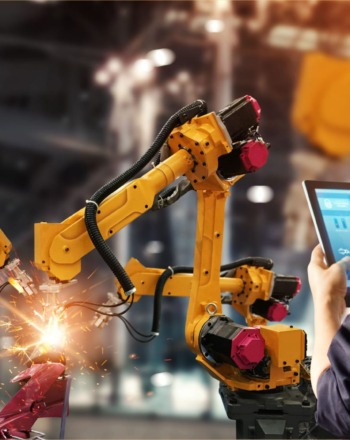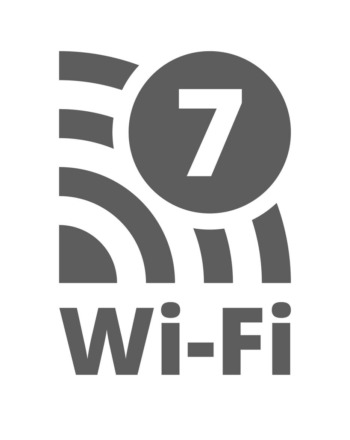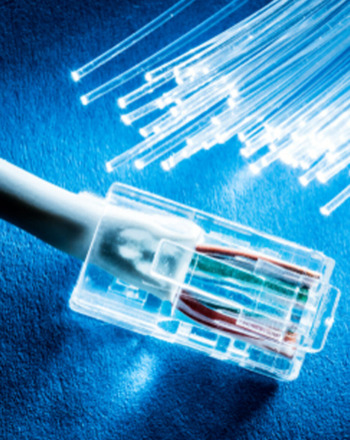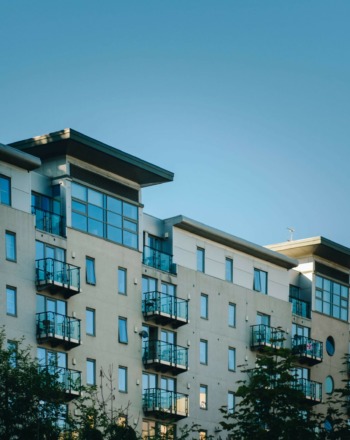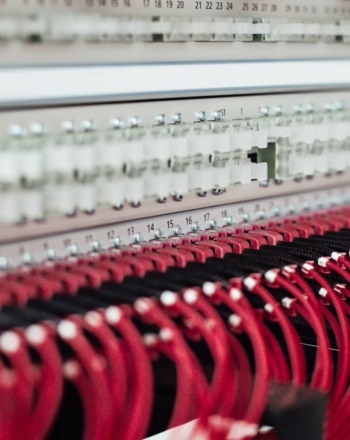Technology has transformed our lives and, by extension, our buildings.
Smart technology leveraging IoT sensors and central building controls has yielded immense benefits for increasing building efficiency while decreasing maintenance and downtime.
This blog investigates how to maximise financial efficiency through smart building technology.
What Is A Smart Building?
A smart building is an integrated system equipped with sensors, electronic devices and software control systems.
Advanced sensors monitor the environment and automate control of lighting, heating, access and even emergency responses.
- Sensor Integration: Sensors monitor everything from motion and temperature to air quality to adjust automatically to create a comfortable environment.
- Energy Management: One of the most significant advantages here is energy efficiency. Automated systems can detect if a room is vacant and adjust the lighting and temperature accordingly, reducing energy consumption.
- Connectivity: High-speed fibre broadband connects the building's various systems, enabling real-time data collection and decision-making.
- Security Features: There are also security benefits, such as advanced access control and state-of-the-art surveillance systems.
- User Control: Software platforms come with apps or dashboards enabling users to control various features, balancing automation and personal preference.
- Market Demand: In the commercial space, built-to-rent buildings with smart technology are surging in demand.
How Do Smart Buildings Work?
In essence, smart buildings induct data from sensors and hardware systems, process it, and make it available to software control platforms.
The hardware can include a variety of systems, such as lighting, security, access control and HVAC.
These are all connected to a central software platform that serves as the brain of the building, analysing data and making real-time decisions. Decisions can be made manually or automatically.
- Hardware Components: These buildings consist of multiple hardware systems, from energy-efficient LED lighting to advanced HVAC systems that adapt to external and internal conditions.
- Centralised Software Platform: Centralised software gathers data from the building’s hardware systems. For instance, you can remotely adjust the lighting, trigger alarms, monitor efficiency or even lock down the building in case of a security threat.
- Connectivity: High-speed fibre broadband is the lifeline that connects the hardware to the software. It ensures that data is transmitted in real-time, enabling the software to make timely decisions.
The Financial Benefits of Smart Buildings
Comprehensive and Easy To Understand Analytics
Smart building analytics helps building owners and managers understand aspects such as occupancy, footfall and energy consumption.
With intuitive dashboards and real-time data, analytics translate into actionable insights.
Exportable Reports
Remember the cumbersome days of manual data collection and report generation?
With flexible software platforms designed to centralise complex data, highly detailed and exportable reports can be generated with just a click, simplifying decision-making.
Active Energy Management
Smart buildings come equipped with real-time monitoring systems that adapt to environmental conditions, like adjusting lighting and temperature according to occupancy.
This enables building owners and managers to strategically reduce energy consumption, reducing bills and offering environmental benefits.
Decreased Environmental Risks Through Monitoring
This technology extends to monitoring potential environmental hazards such as gas leaks, water leaks, or hazardous material spills.
Early detection allows for prompt action, thereby mitigating risks and reducing the chances of costly incidents and liabilities. This helps building owners and managers deliver safe, compliant environments.
Heightened Efficiency For A Profitable Future
Smart buildings ensure that every system operates at peak efficiency, from HVAC to lighting.
Optimisation slashes overhead costs, improves maintenance performance, and contributes to a more profitable operation.
Highlighting Corporate Responsibility
Smart, safe and energy-efficient buildings help owners, managers, and occupiers deliver on their corporate responsibilities to reduce carbon footprints.
By employing energy-efficient, environmentally friendly technology, companies reduce costs and showcase a commitment to sustainability. This is essential in the era of environmental, social and governance (ESG).
Emerging Financial Strategies in Smart Building Management
We've also seen the emergence of innovative financial strategies.
Rolling out fibre for business premises drives efficiency, cuts costs and contributes to a greener future.
These range from leveraging big data for predictive maintenance (cutting costs on expensive repairs) to adopting dynamic pricing models for spaces within the building based on real-time demand.
Discover Smart Building Solutions With Glide
Glide offers state-of-the-art technological solutions that harness the power of fibre broadband and other leading technologies.
Our built-to-rent connectivity services will equip your buildings with the wireless infrastructure they need to thrive in our digital age.
Whether you’re a building owner, manager or occupier, installing smart systems will boost your building’s performance, making it a more desirable, valuable building to rent or own.








